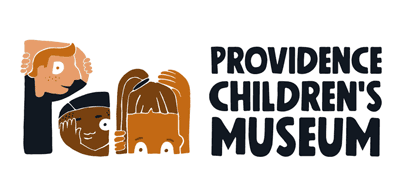Pumpkin Jack
(FOCUS: Grade 2, Reading, Science, STEAM)
Students will learn the stages in a pumpkin life cycle and determine what is the best condition for growing a pumpkin.
Materials to gather
- Pumpkin Jack by Will Hubbell
- Novel Effects Subscription
- 3 Glass Jars
- Soil
- 3 Sugar Pumpkins
- Knife for Carving
- Water
- Plastic Wrap
- Tape
- Journal for Observations
- Chromebooks
- Youtube timelapse of a pumpkin growing from a seed.
Set Up
- Teacher will check student experiences with pumpkins by asking who has carved a pumpkin for Halloween?
- Ask students to discuss what happens to the pumpkin after a week or two? Does it change? How?
- The teacher will read the story Pumpkin Jack by Will Hubbell using the Novel effects app to add to the experience. After reading the teacher will check for understanding:
What changes did Tim notice about Jack?
Why did Tim take Jack out to the garden?
What happened to Jack as the seasons changed?
What are some other things can we do with pumpkins?
Student’s Job
Observe changes in the illustrations in the story and identify the stages of the life cycle of a pumpkin in the story.
Students will create their own pumpkin jack experiment to keep in the classroom and decide what is needed for it to mimic the story.
Teacher’s Job
Standards Alignment
RICCSS – Rhode Island Common Core State Standards
English Language Arts
2.RL.2.1: Ask and answer such questions as who, what, where, when, why, and how to demonstrate understanding of key details in a text.
2.RL2.2: Retell stories, including fables and folktales from diverse cultures, and determine their central message, lesson, or moral.
2.RI.2.1: Ask and answer such questions as who, what, where, when, why, and how to demonstrate understanding of key details in a text.
2.RI2.2: Identify the main topic of a multi-paragraph text as well as the focus of specific paragraphs within the text.
Science
2-LS2-1 Ecosystems: Interactions, Energy, and Dynamics: Plan and conduct an investigation to determine if plants need sunlight and water to grow.
Prepare/ Background Info
- Students have previously learned about the parts of a plant and the life cycle of a fruiting plant.
- Students will have experienced the parts of a pumpkin and investigated pumpkins through reading “How Many Seeds in a Pumpkin” by Margaret McNamara.
- Students will learn about how seeds grow in a pumpkin and the factors that determine how many seeds will be inside a pumpkin (lines on the outside/darker rind).
- Students will have been introduced to the concept of a life cycle.
Effective Facilitation Strategies
- Teachers will carve a face into the sugar pumpkins, leaving the seeds inside.
- Teacher will challenge students to work in groups to determine how we could create our own Pumpkin jack to see if we can get the same results that Tim did in the story.
- Students will have a glass jar and brainstorm what they think will be needed to recreate a garden inside the jar. (soil/water/sunlight)
- Teacher will create QR codes for students to use with their chromebooks to access time lapse videos of pumpkins growing from a seed.
Content Matter to Notice
- Students will name their pumpkin and decide what they want to put in the jar.
- Students will determine where is the best place to put their jar and explain why.
- Teacher will seal the jars when students are finished designing the environment.
- When the pumpkin seeds sprout, students will get to replant the sprouts and take them home to continue watching the process at their home while some remain in the classroom.
- Students will observe their jar over several months and observe the different stages and changes to the pumpkin.
- Students will draw and write observations for each stage and observe the different jars and talk about the differences in the environments where the jars are placed.
SEL to Notice
Students will make text to self connections of times when they really liked something and they were unable to keep it.

